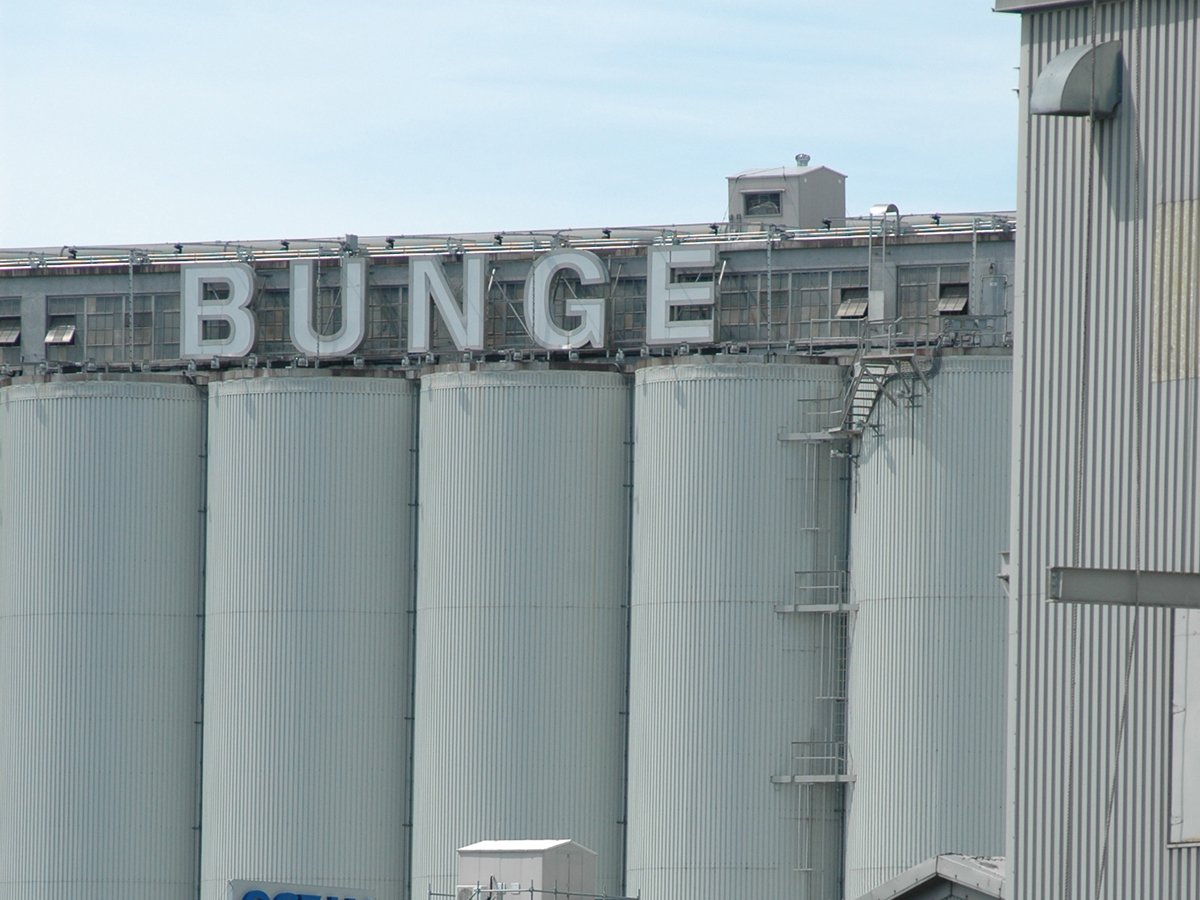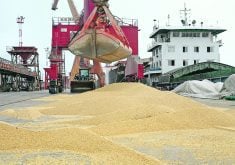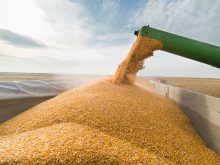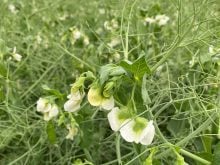The country’s farmers are poised to harvest a better crop than last year, but it is expected to remain a significant customer
Turkey will buy fewer lentils in 2022-23 but it will still be a significant customer for Canada and other exporters, says an industry official.
Tuba Memis, import/export manager of Memisoglu, one of Turkey’s largest agricultural companies, says the country’s 2022 red lentil crop is looking vastly superior to last year’s crop.
To start with, farmers planted 20 percent more red lentils than they did last year. The crop was seeded in December and January.
Growers in the southeast region of the country chose lentils over competing crops due to sky-high fertilizer prices. Lentil prices were also enticing.
Read Also

Bunge’s crop mix is changing
Bunge has predominantly been a soybean processing firm, but that’s about to change after the merger with Viterra with softseed processing and grain merchandising gaining ground.
Harvest has already started in some areas of the country. Most of the crop will come off in June.
“This year yields seem very good,” Memis said in an email.
She anticipates they will be nearly 80 percent higher than last year’s levels based on early harvest results.
Memis is forecasting 350,000 to 385,000 tonnes of red lentils if there are no major weather problems at harvest.
That compares to last year’s drought-reduced crop of 160,000 to 200,000 tonnes.
Mehmet Sonmez, a partner at Armada Foods, a major Turkish pulse processor, offered a similar production forecast in an April interview he did with the Global Pulse Confederation.
The devaluation of the Turkish lira has driven up the cost of already expensive imported fertilizer.
“So (farmers) are switching the production away from wheat, which requires fertilizer to grow, toward things like red lentils and chickpeas,” he said.
While acres are up, farmers are still seeing lingering side effects from last year’s drought.
“The subsoil moisture of our lands is still showing signs of dryness. However, we have seen better rains, which will help,” Sonmez told the GPC.
He is forecasting 300,000 to 350,000 tonnes of red lentil production, noting lentil demand has been strong in the region despite significant food price inflation.
“These are staple foods we are trading in and they need to be consumed,” he said.
Turkey was a major player in lentil markets in 2021-22, when it imported an estimated 400,000 tonnes of the crop from Canada, Australia, Kazakhstan and Russia.
Memis believes Turkey will import 350,000 tonnes in 2022-23 due to its reduced domestic needs and a sluggish re-export market caused by inflation and soaring logistics costs.
Turkish farmers expect to receive around US$915 per tonne for their crop. But Turkish lentil millers are only willing to pay $800 to $850 per tonne because they know there is a big crop coming.
“In order to buy from Canada or other exporter countries, lentil prices should be around $50 per tonne less than Turkish market prices,” said Memis.
The Turkish economy is in a tailspin. The U.S. dollar/Turkish Lira rate is at 16.40, up from 8.40 a year ago, making domestic prices high. The country’s inflation rate is a whopping 70 percent.
The Turkish government recently decreased the lentil and chickpea import tax to zero through Dec. 30, 2022. It had been at 19.2 percent.
“Then they put a ban on Turkish lentil and chickpea exports. That is why high import costs will not be workable in our domestic market,” she said.
Sonmez mentioned that Armada is launching a processing facility in Kazakhstan. The country’s lentil exports have increased from nothing in 2010 to 180,000 tonnes in 2019.
“People have even been calling it the Saskatchewan of Asia,” he said.
















